зБЂжЫЬжЧ•, 12жЬИ 28th, 2010...8:54 AM
2010 Fall Colored Leaves Tour in Kyoto Part2
Reading time: About 3 minutes
2010 Fall Colored Leaves Tour in Kyoto Part2The second day of the trip starts from the most popular place in Kyoto, Kiyomizu-dera. Since the gate opens at 6:00, going early is the key to avoid crowd.
Nio-mon of Kiyomizu-dera.
Sanju-to has the height of 30m and attracts attention.
The Hon-do, or the main temple. During fall, amazing view of colored leaves spread before you.
In order to have a view of Hon-do, it is best to see it from Amida-do.
The three water falls falling down the stone steps are said to have luck in вАЬacademicsвАЭ, вАЬmatchmakingвАЭ, and вАЬlong lifeвАЭ each. You can drink the water using long dipper.
Strolling down the hill from Hon-do is nice too.
Next stop is Ginkaku-ji, which is located in north of Kiyomizu-dera. Ginkaku-ji was established in 1482 following Kinkaku-ji.
Although it is not gorgeous as Kinkakuji, Ginkaku-ji it a masterpiece that represents Higashiyama culture expressing wabisabi, a sence of beauty in Japan.
Kogetsudai made from white sand. It is an imitation of Mt. Fuji made from white sand. The sand that is leveled like a wave is called Ginshadan and is Karesansui garden.
This is Chisenkaiyushiki garden. Ginkakuji has two types of garden.
Walking along Tetsugaku no Michi from Ginkaku-ji, the next destination is Nanzen-ji. Tetsugaku no Michi is a famous walking road because the sakura in spring and colored leaves in fall are beautiful. It is one of the places you want to take a stroll in sunny day.
There are many trees along Tetsugaku no Michi.
Toward south along Tetsugaku no Michi from Ginkaku-ji, you will find Nanzen-ji. Nanzen-ji is famous for San-mon, which is a gate with a height of 22m.
You can go up San-mon and from there, you can see the colored leaves of the city. The view is wonderful.
The watercourse located in Nanzen-ji is a popular place to take picture.
In Kyoto, there are many stores that rent kimono so there are people who walks around in the traditional Japanese clothing.
In about five minute walk from Nanzen-ji is Shoren-in. The evergreen oak tree that is designated as protected plant in front of the gate is the mark. During Edo period, it was once a temporary Imperial Palace. Therefore, Shoren-in is famous for beautiful garden. The contrast that colored leaves and bamboo forest in the back create is wonderful.
Right next to Shoren-in is Chion-in. It is the head temple of Jodo sect of Buddhism and has the most famous temple bell.
The huge San-mon was constructed in 1621 and is the largest wooden gate that still exists in Japan.
Going through San-mon and up the hill, Miei-do shows up. It is the major construction in Chion-in and many parts represent the Momoyama architecture.
After waiting for the sun to set, the first place that has light up is Kodai-ji. Kodai-ji is popular for its light up that people make long line to go in. Even though it was on the weekday, I had to wait for 10 minute in order to get in.
Once entering Kodai-ji, you will lose your breath with the beautiful picture that spread before you. There were colored leaves reflecting on the water, creating a mysterious atmosphere.
Nio-mon and Sanju no Tou is amazing too.
The view from main temple of Kiyomizu (Kiyomizu Hon-do). The night view of the whole Kyoto city can be seen.
Kiyomizu Hon-do is amazing itself.
The light up for colored leaves is a must for a tour in Kyoto.. The second day ended by spending a wonderful night.
вЦ†Related Post









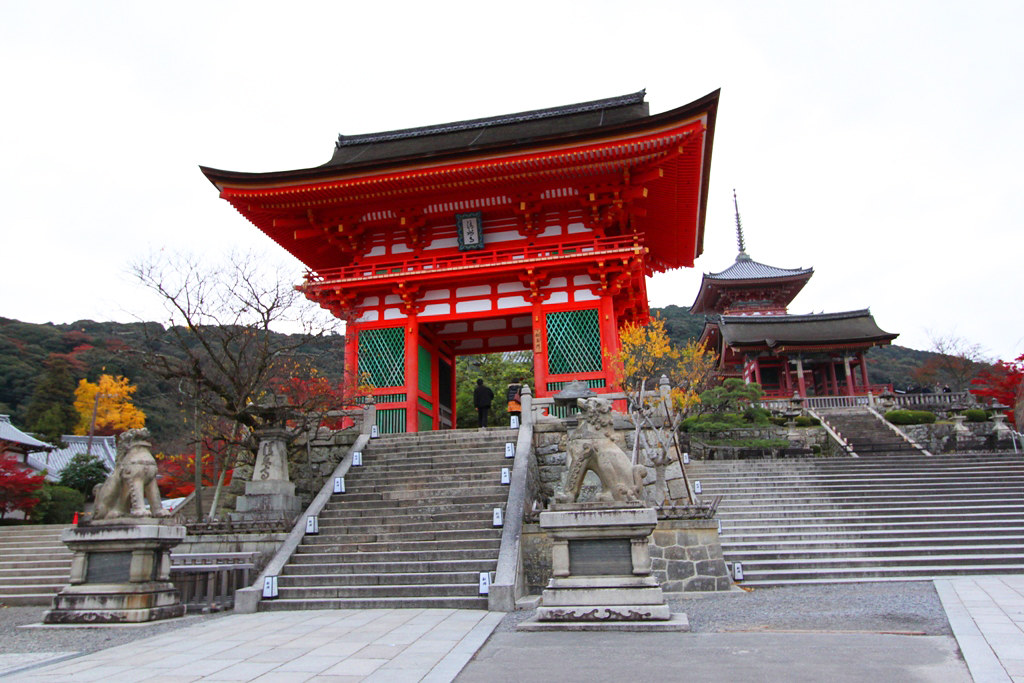
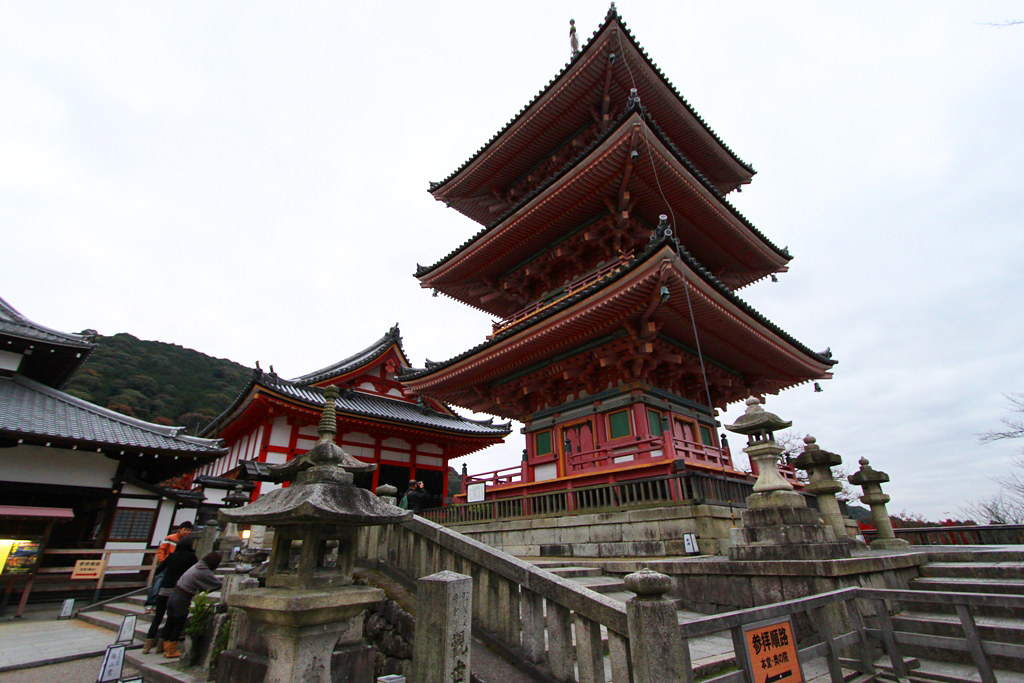
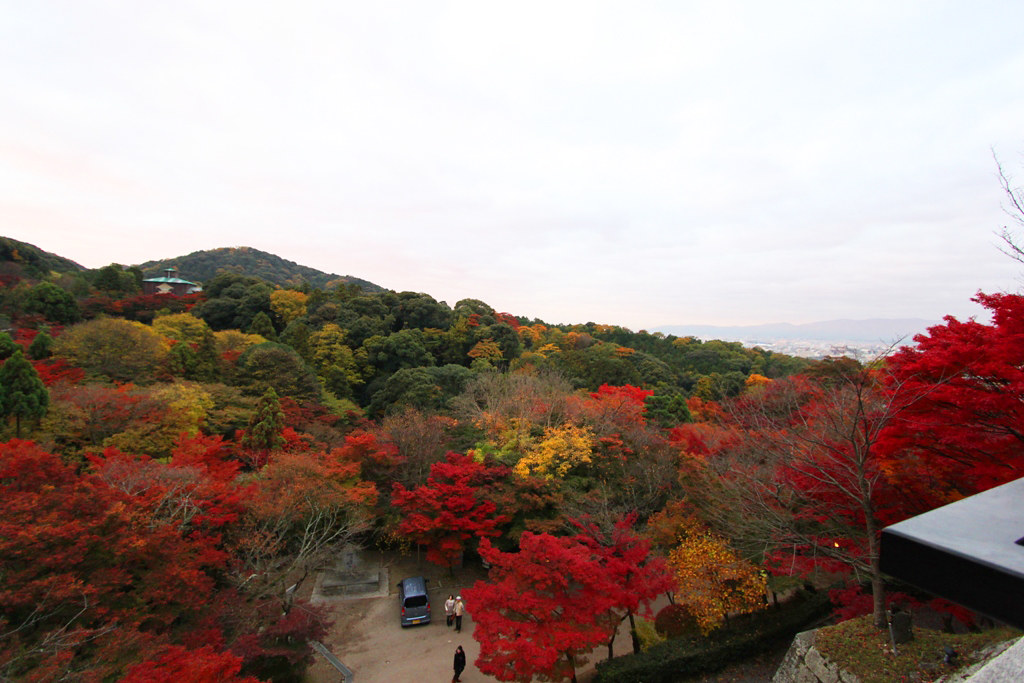
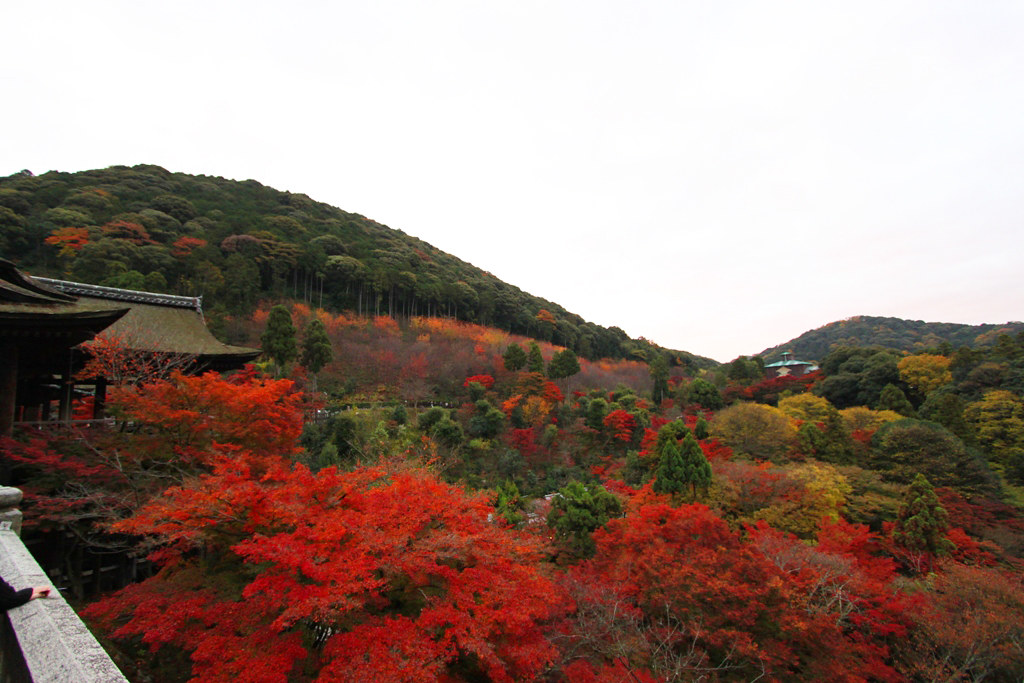
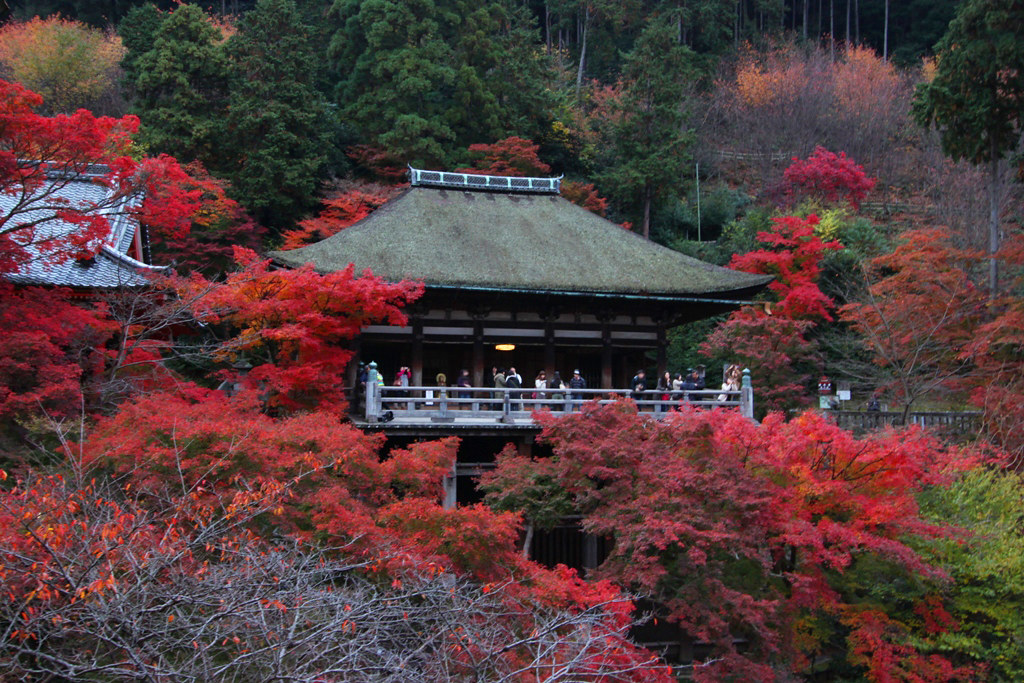
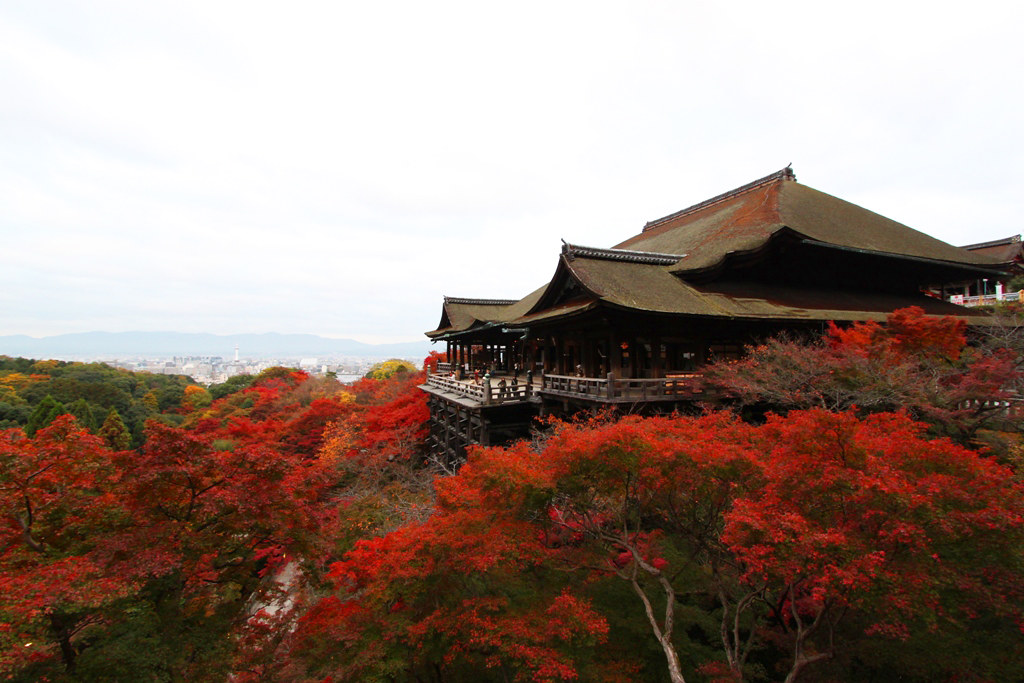
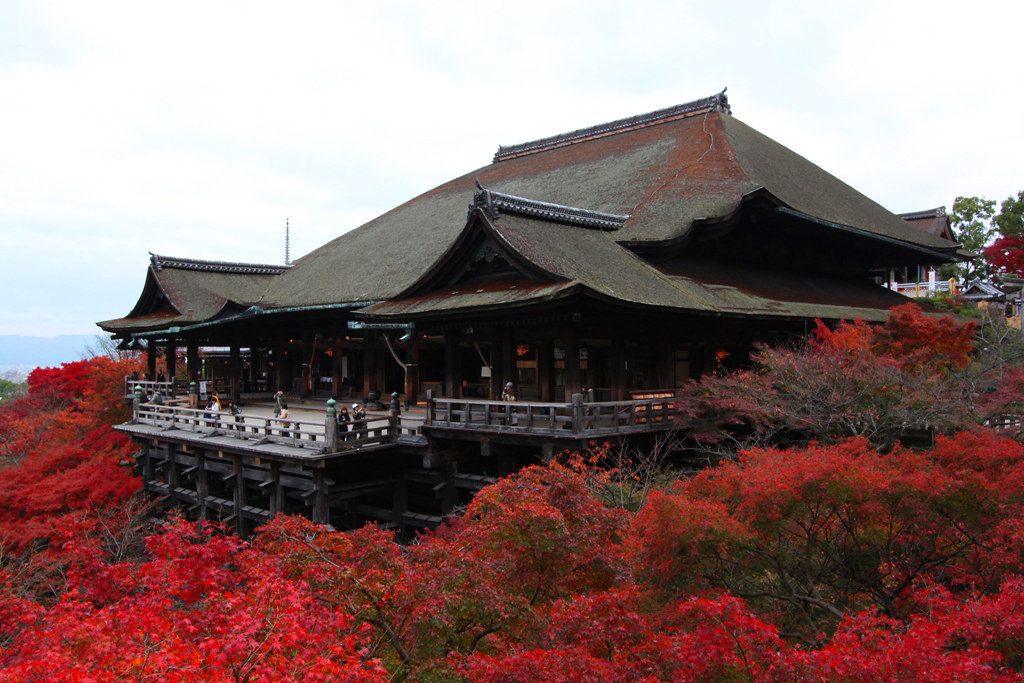
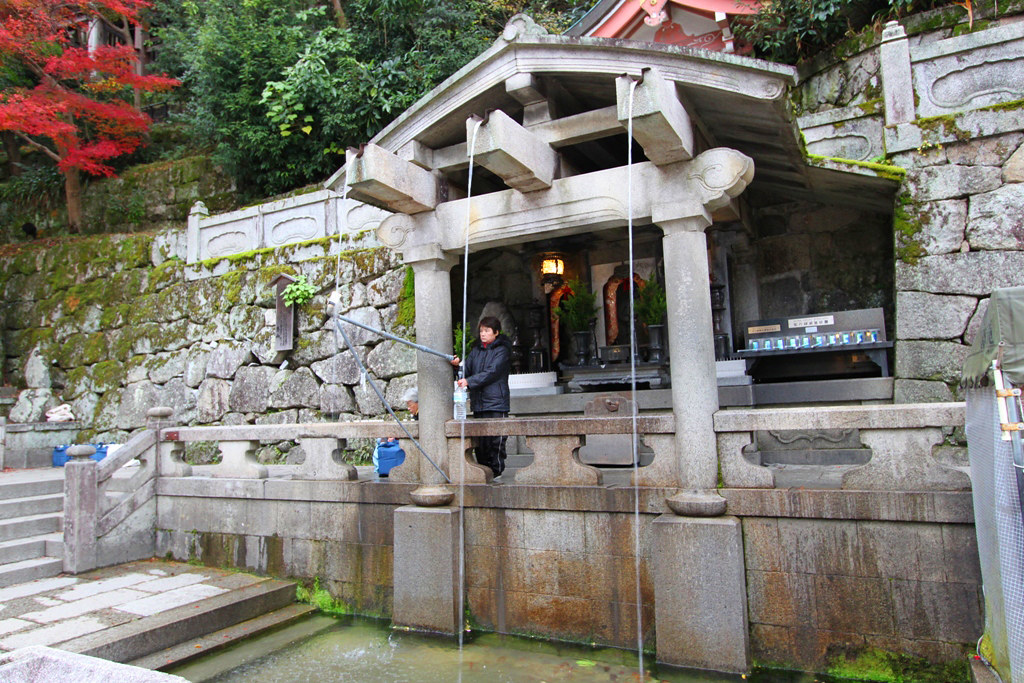
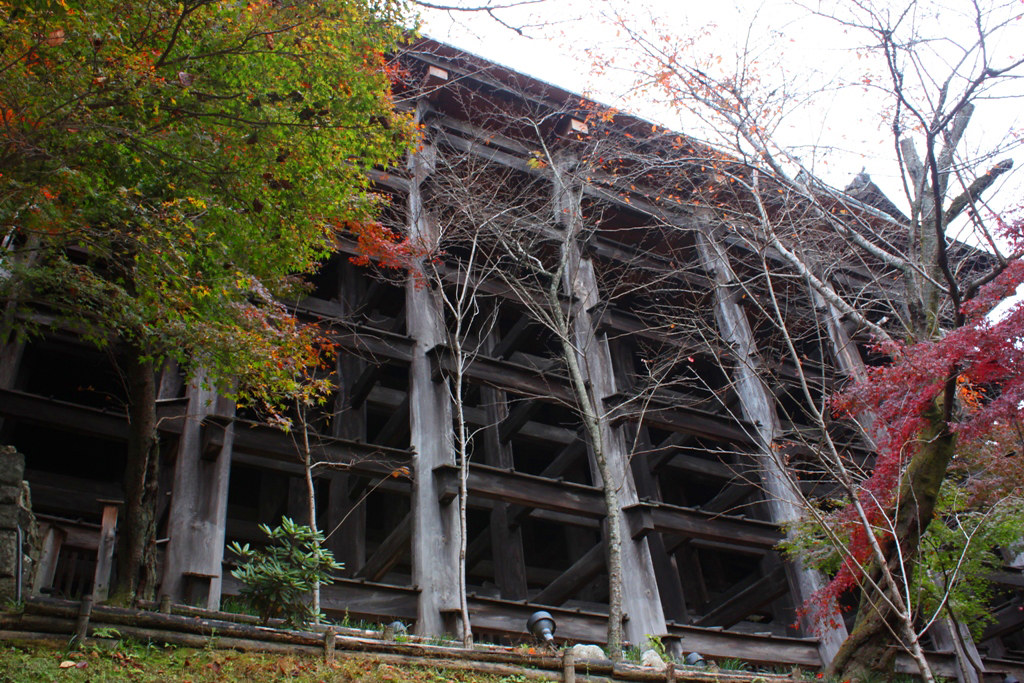
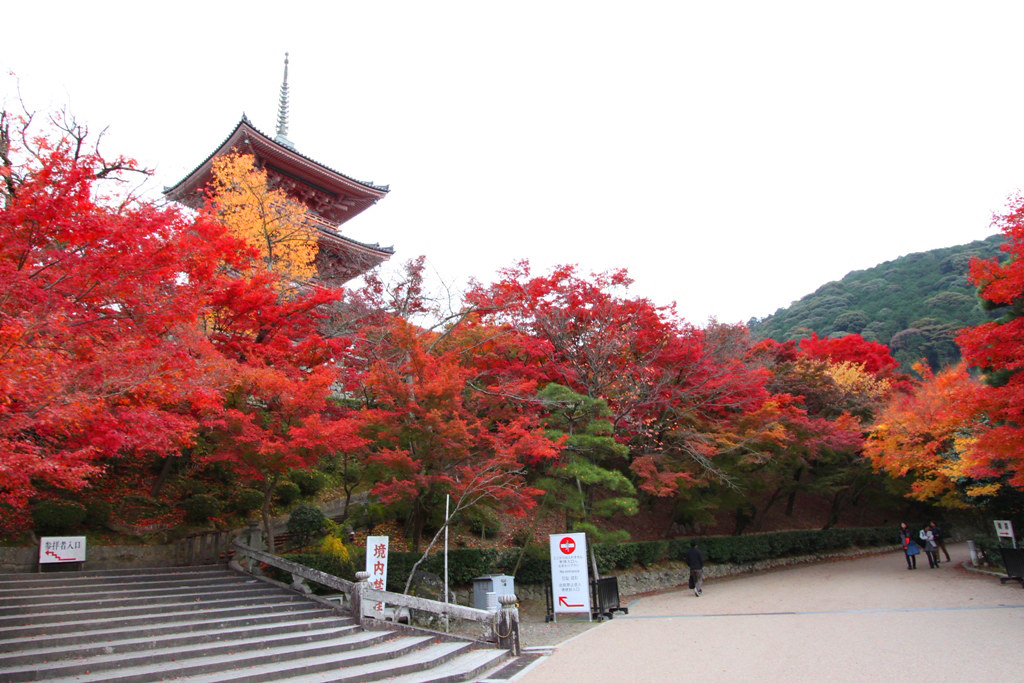
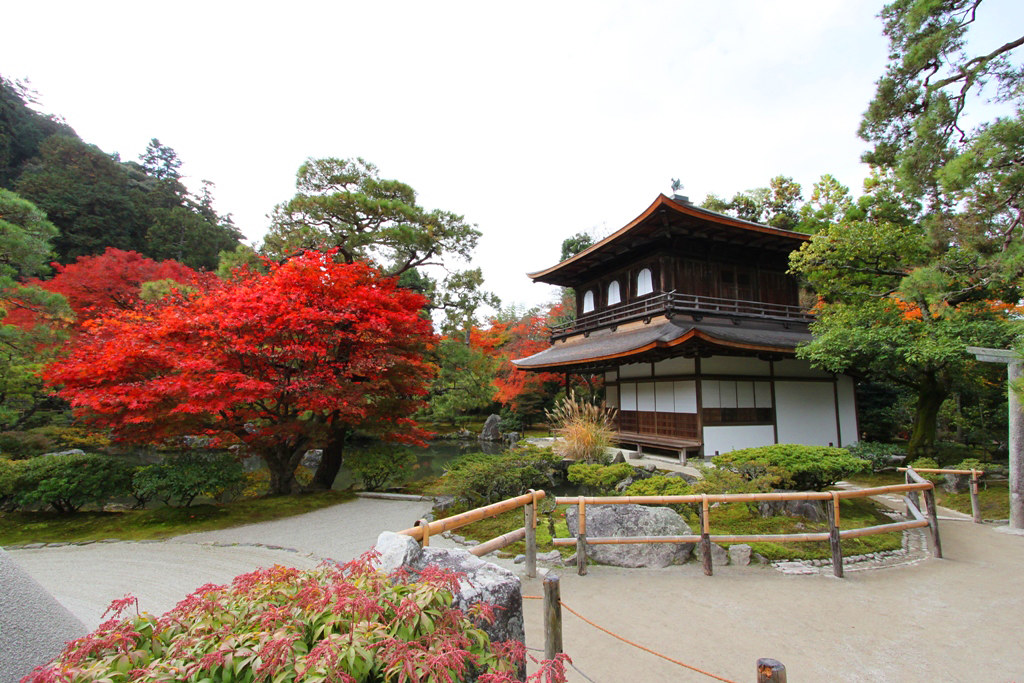


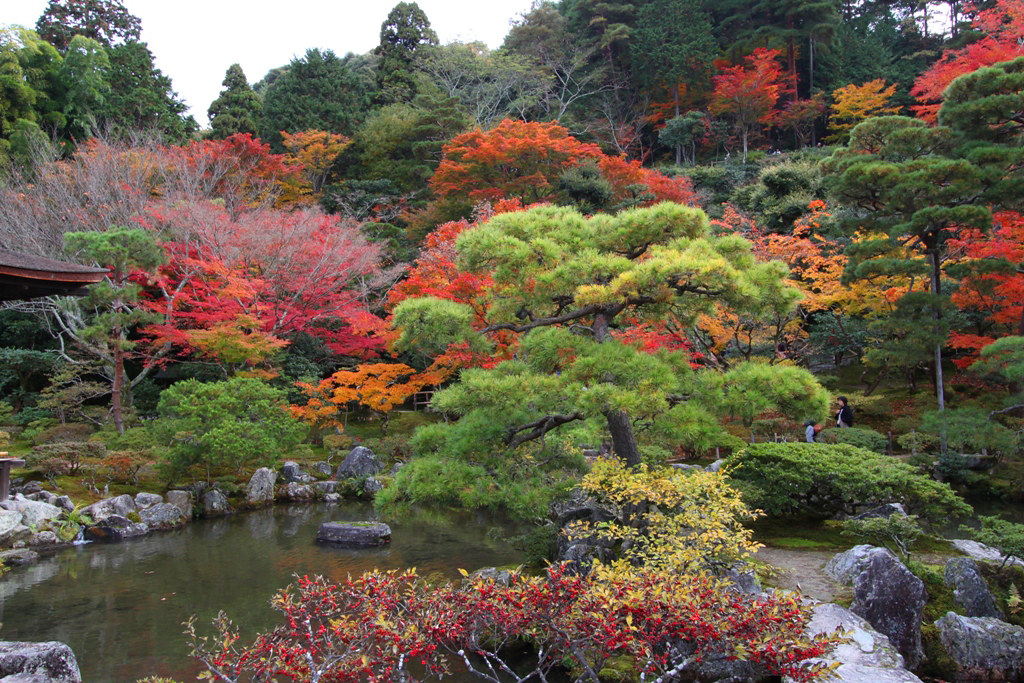
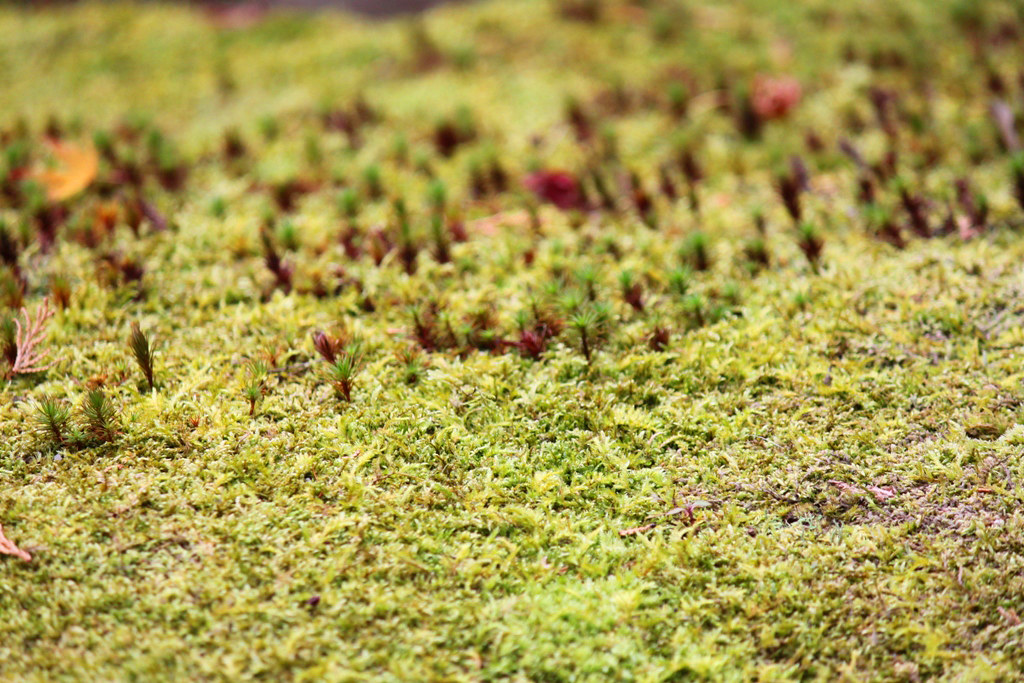
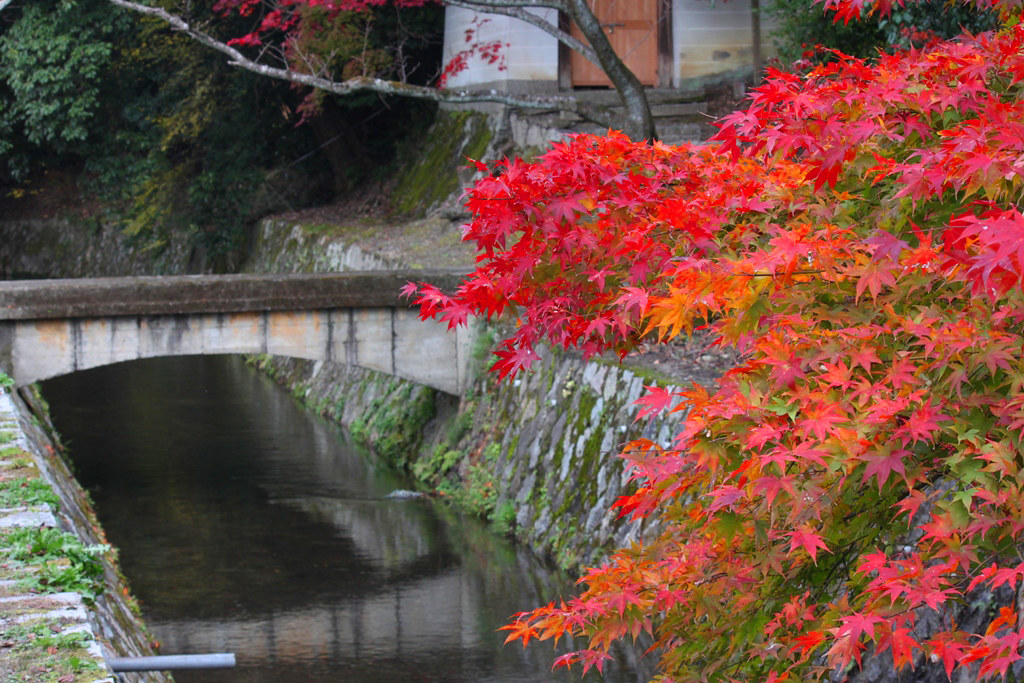
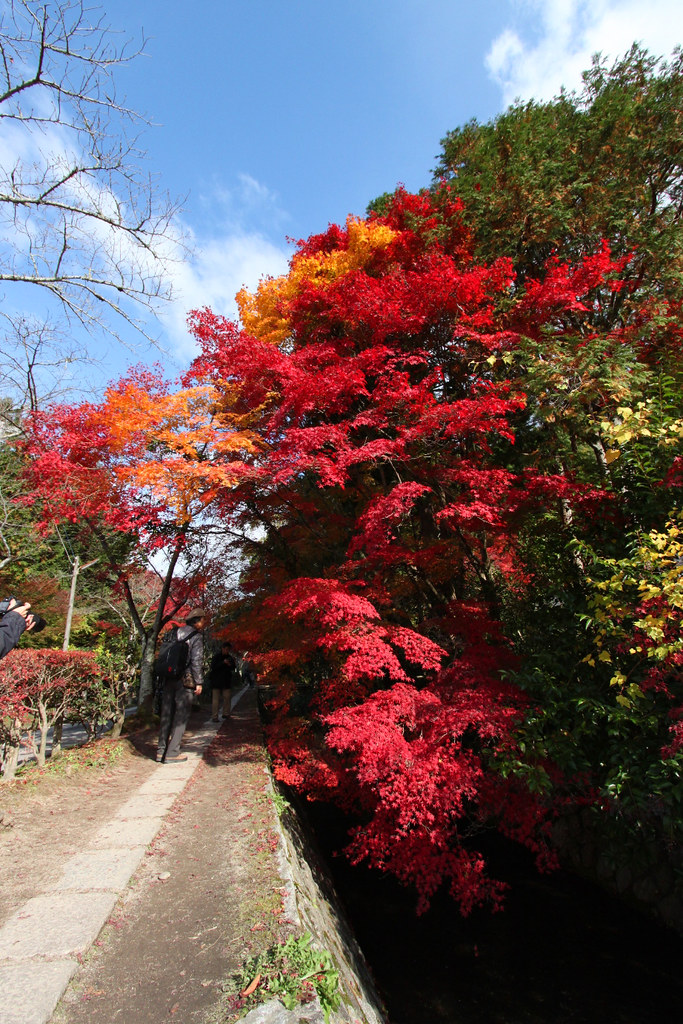
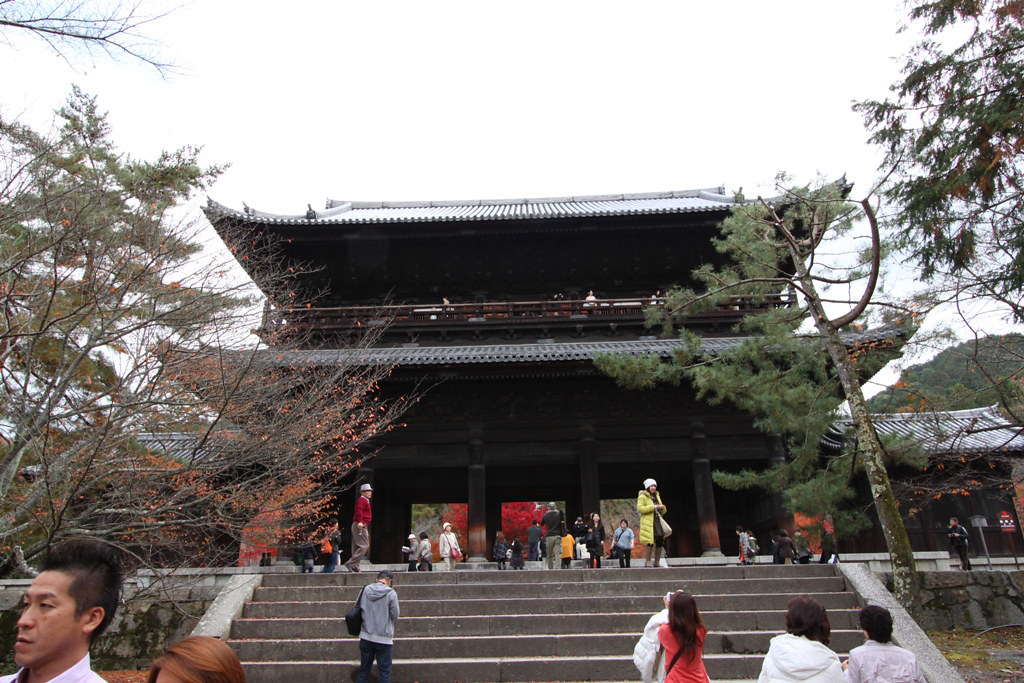

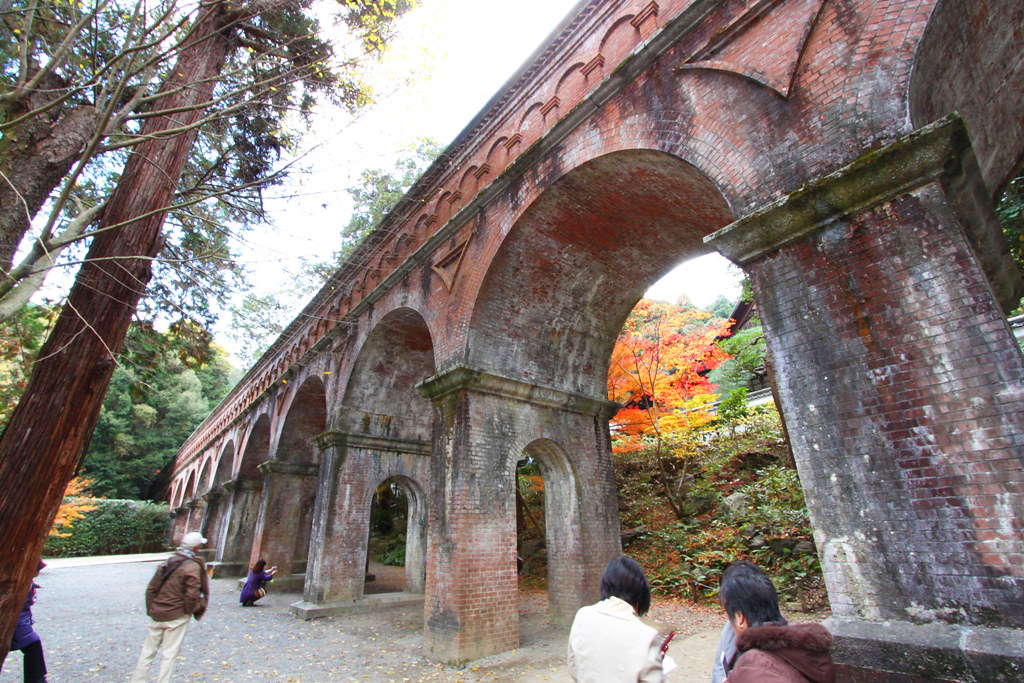
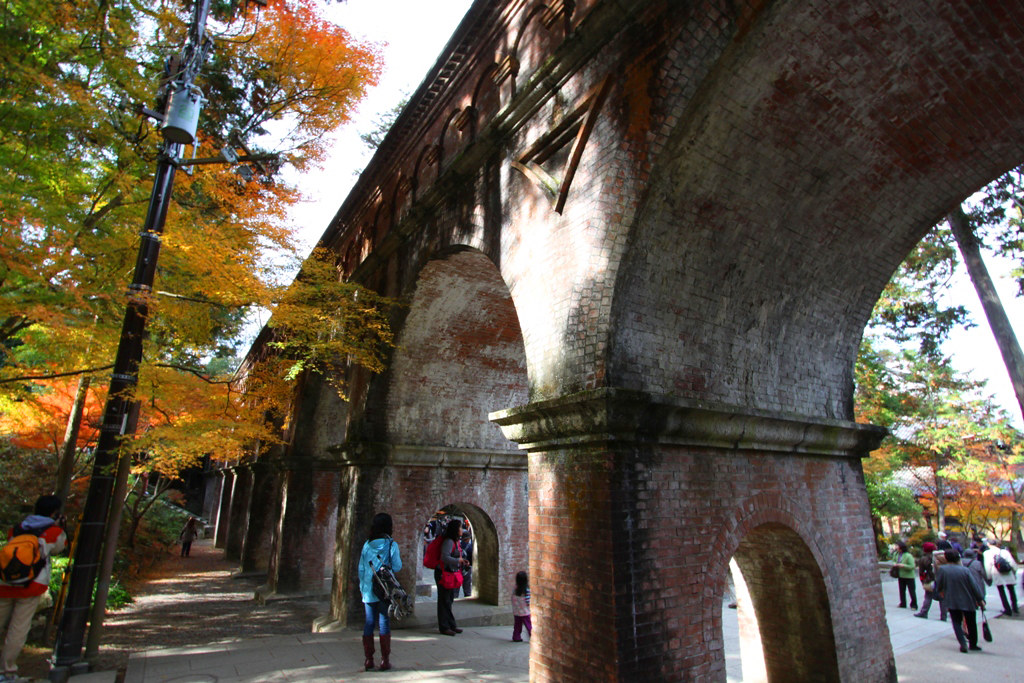

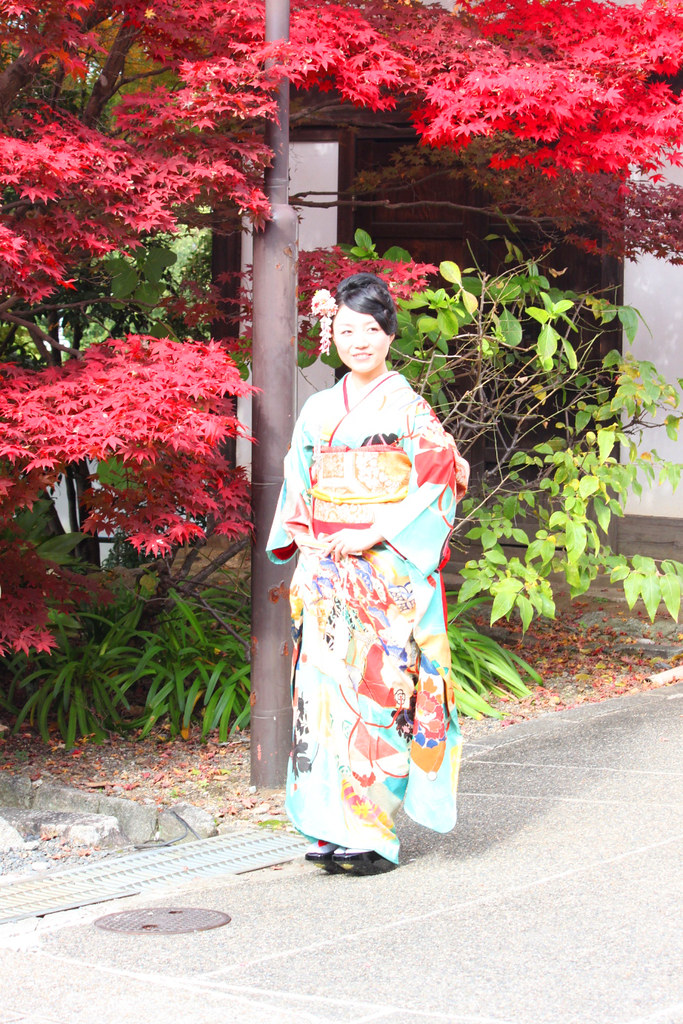
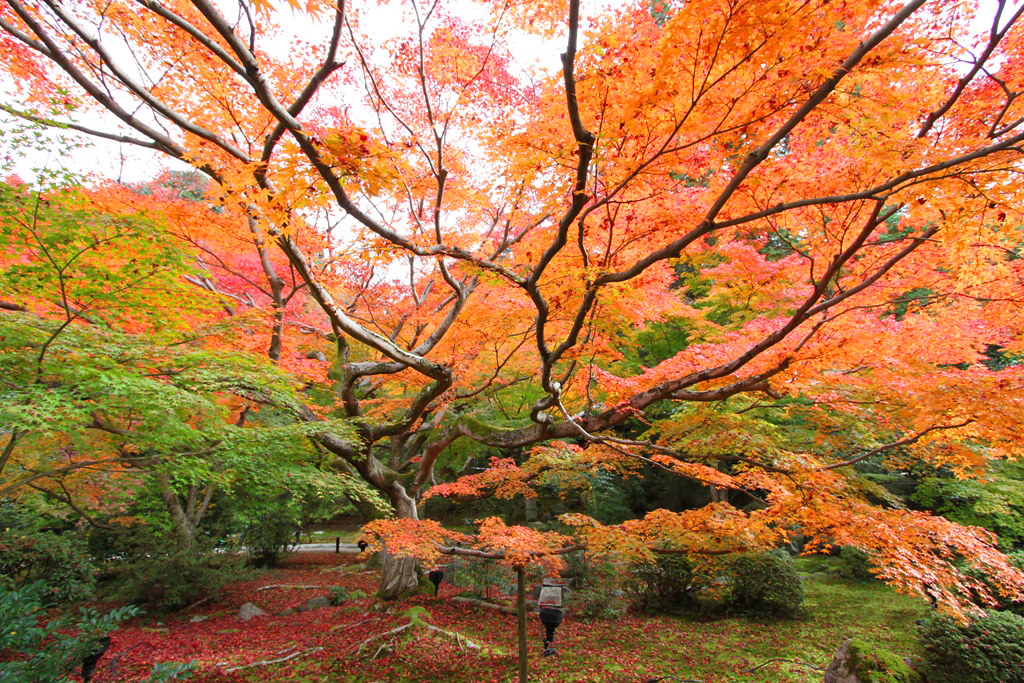
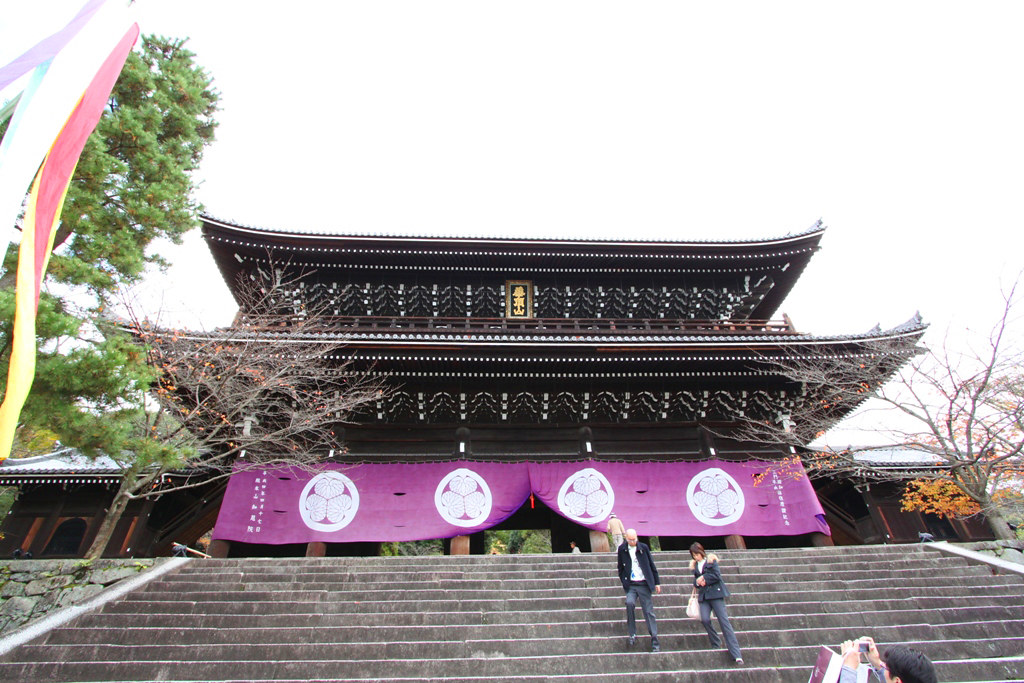
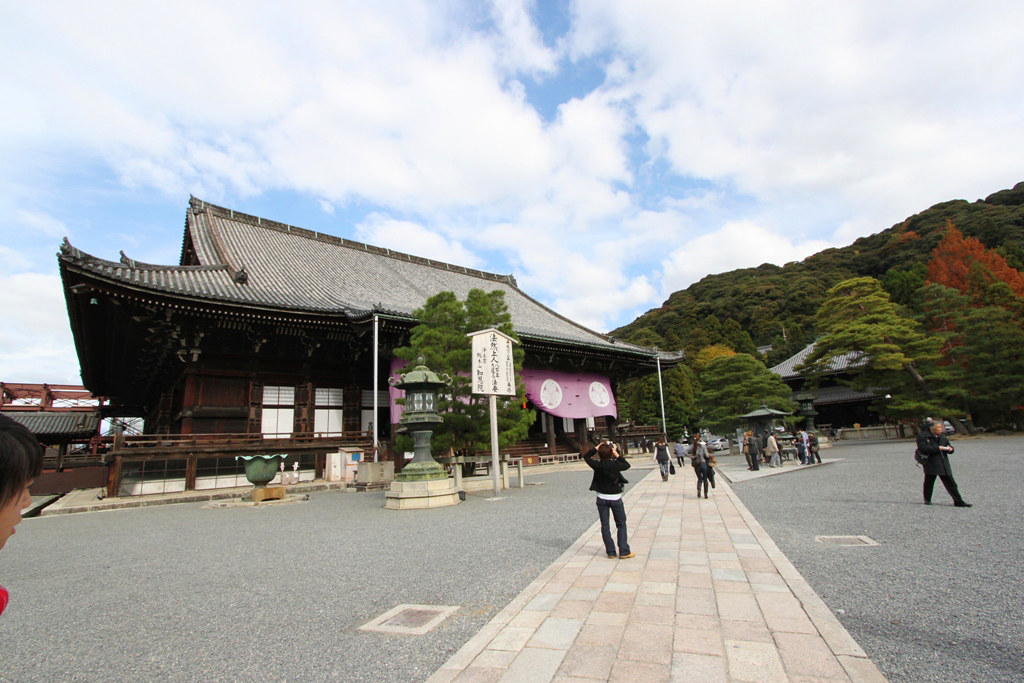

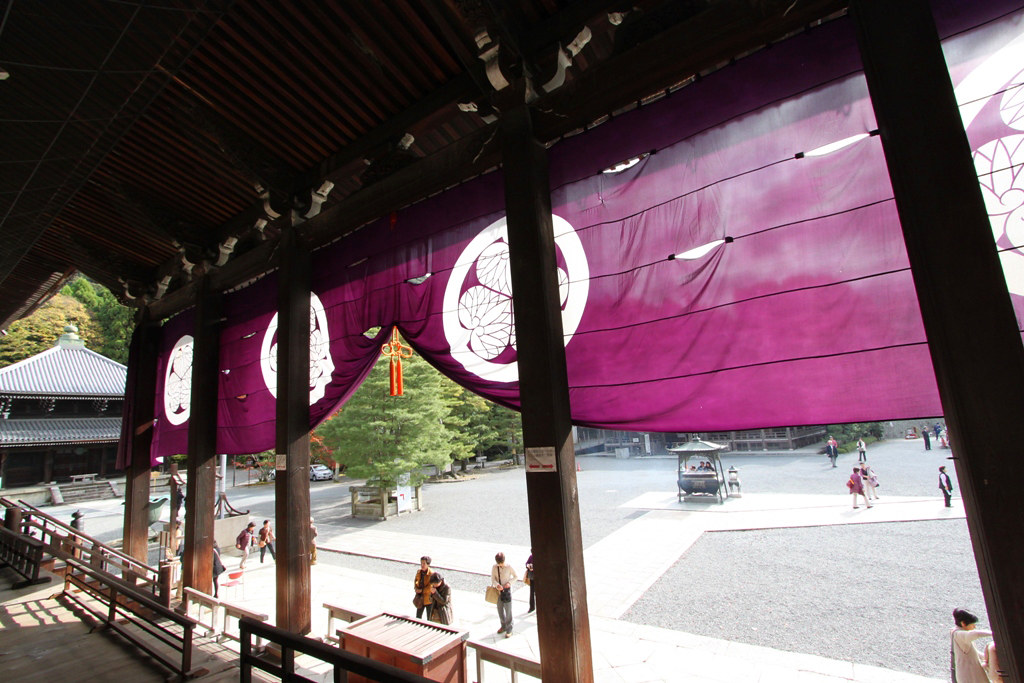
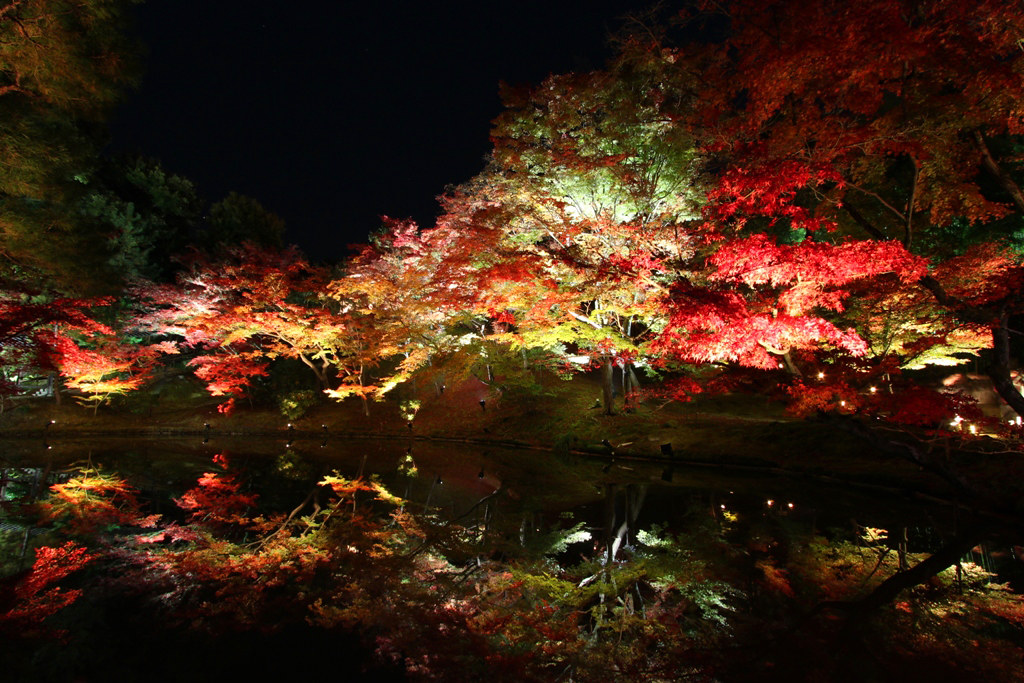
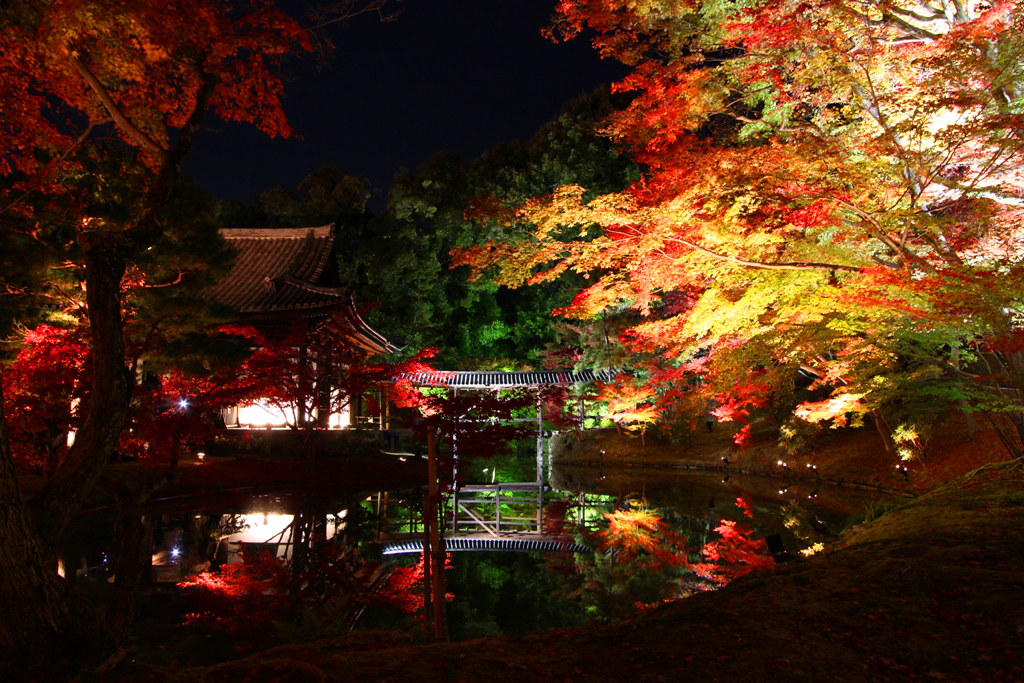
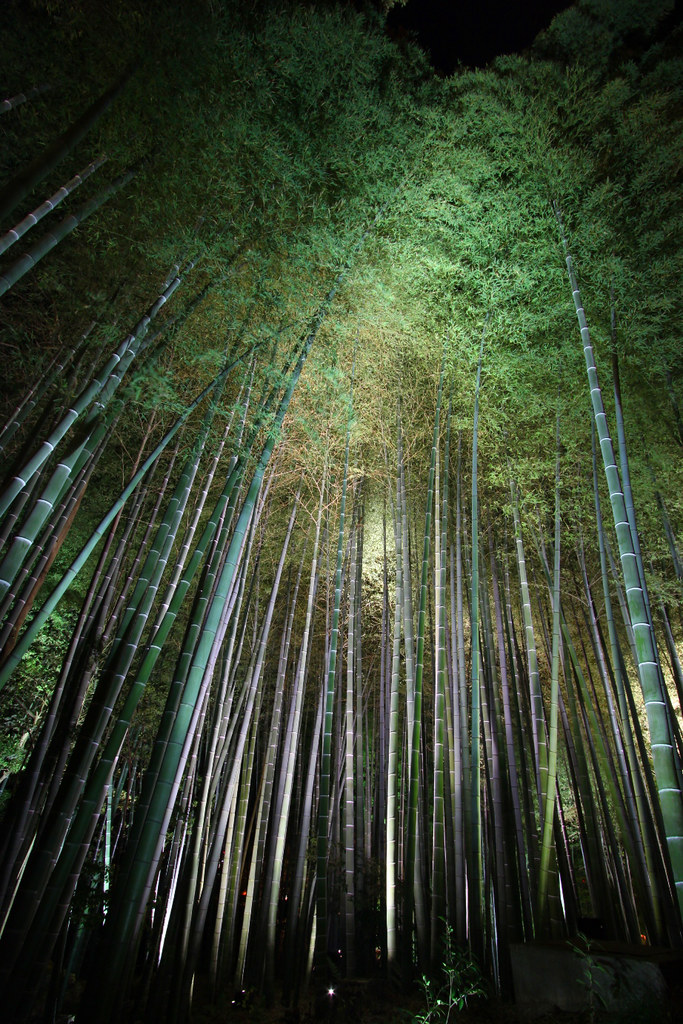
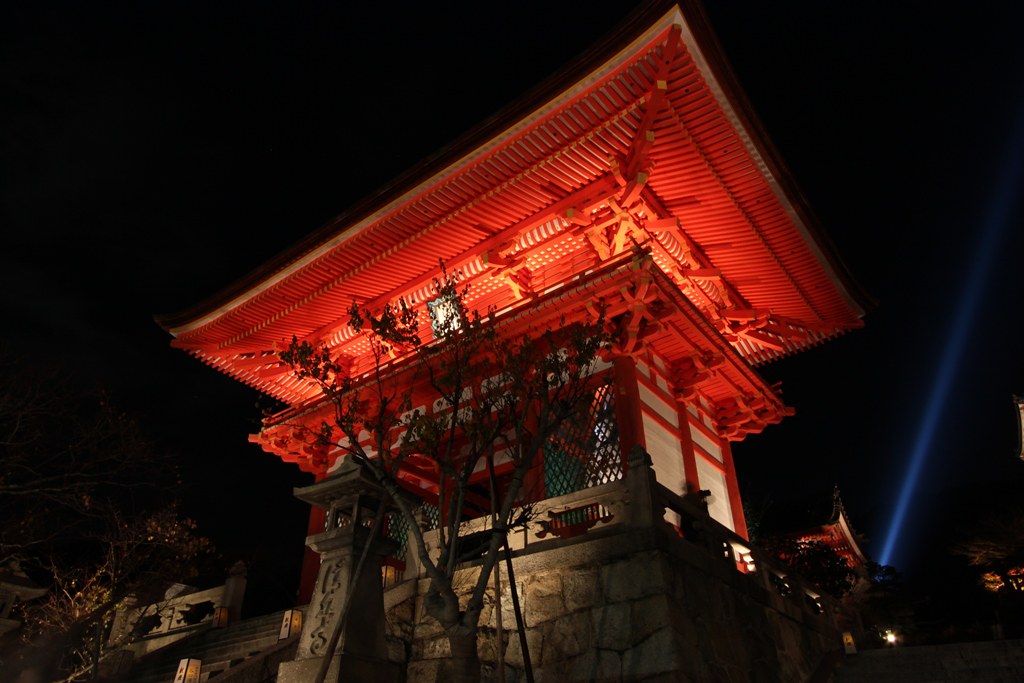
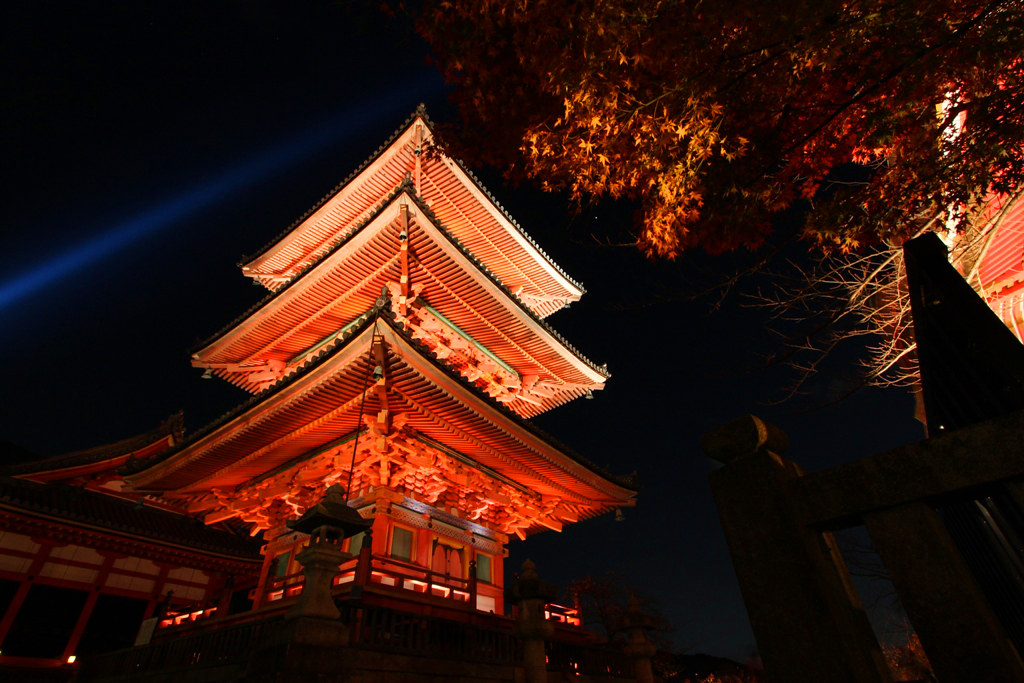
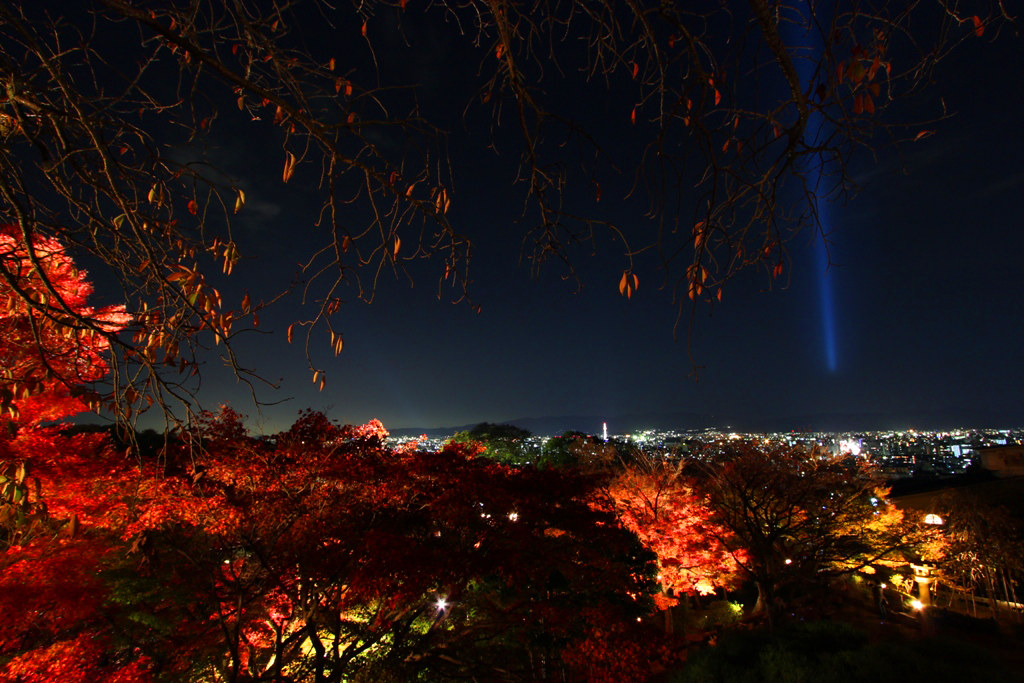
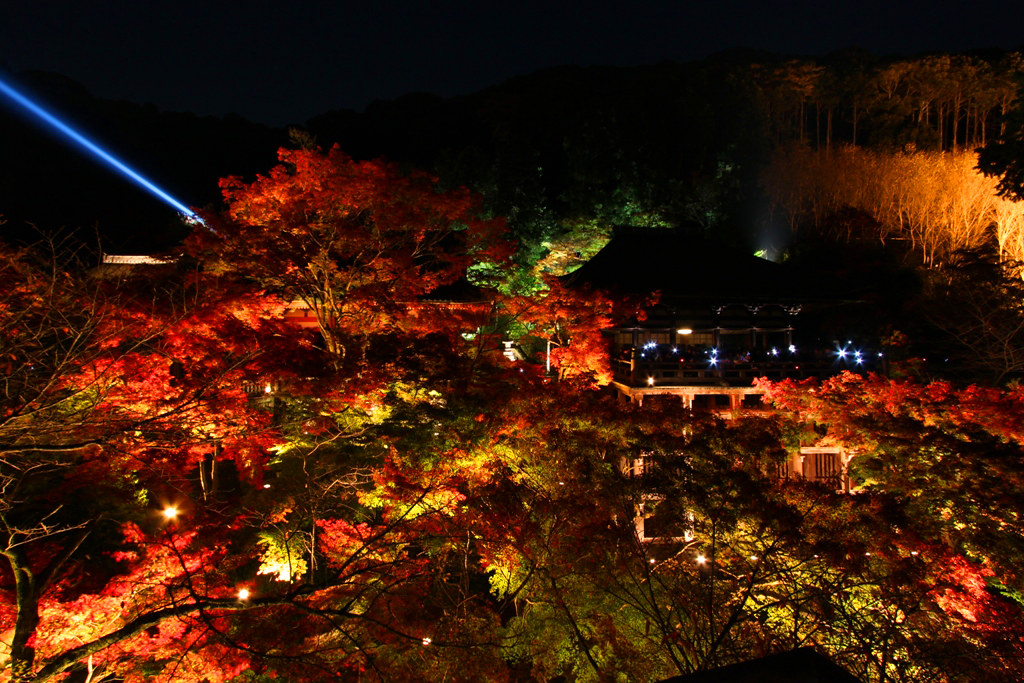
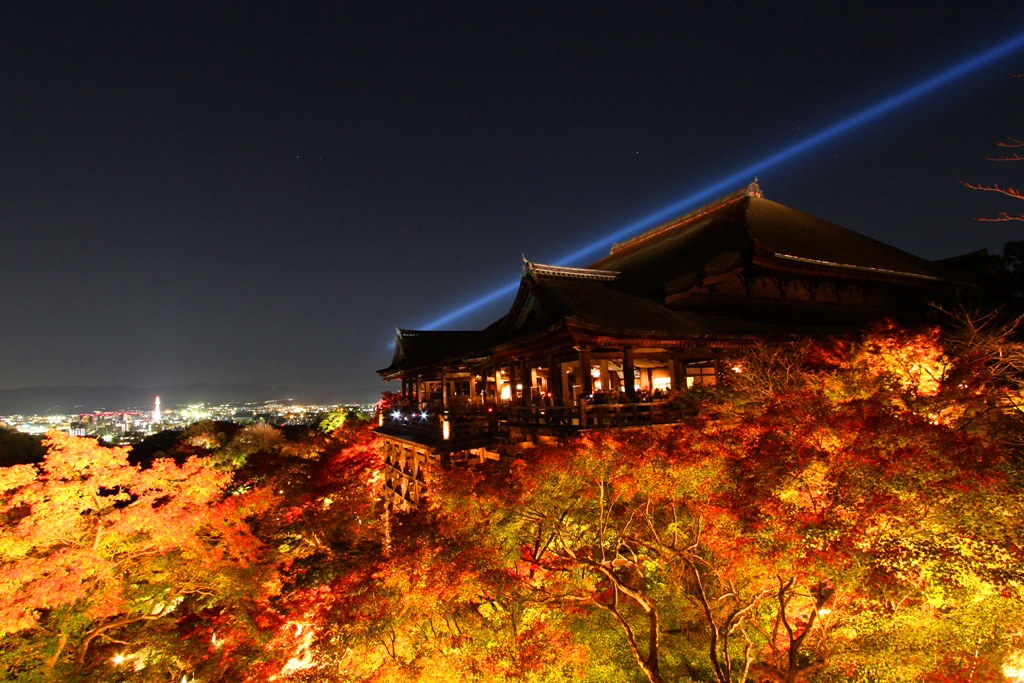











Leave a Reply